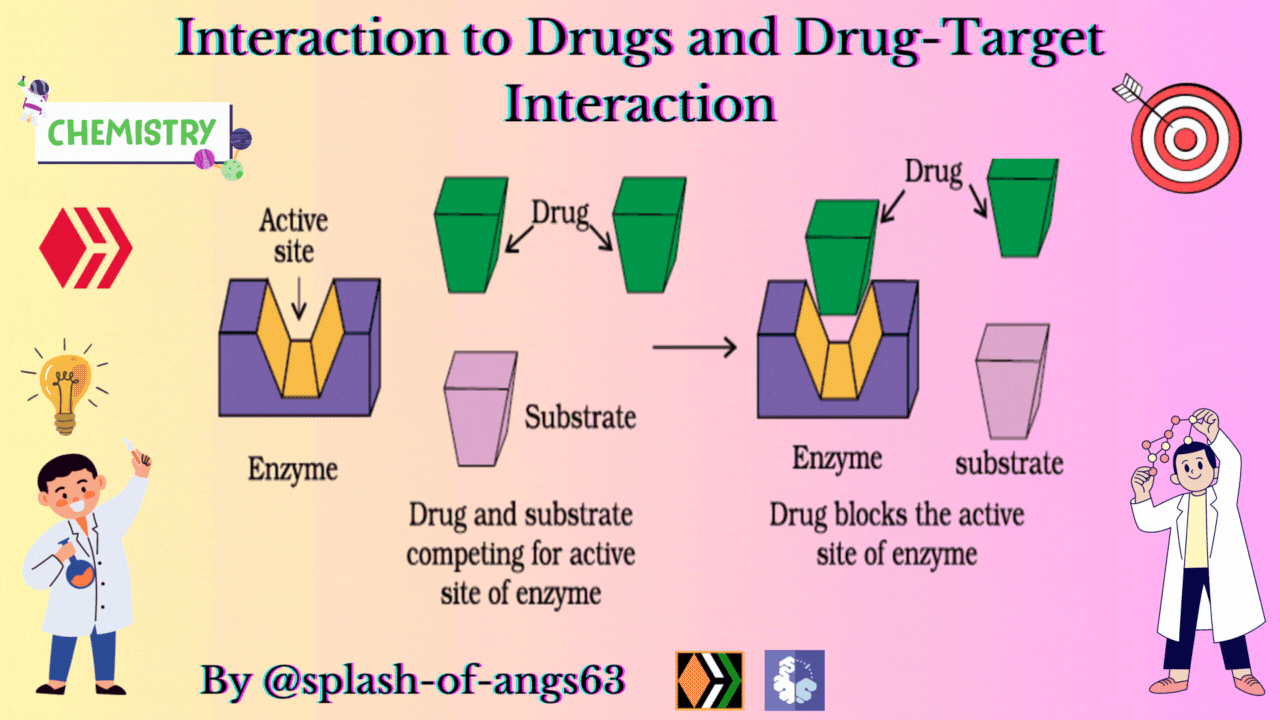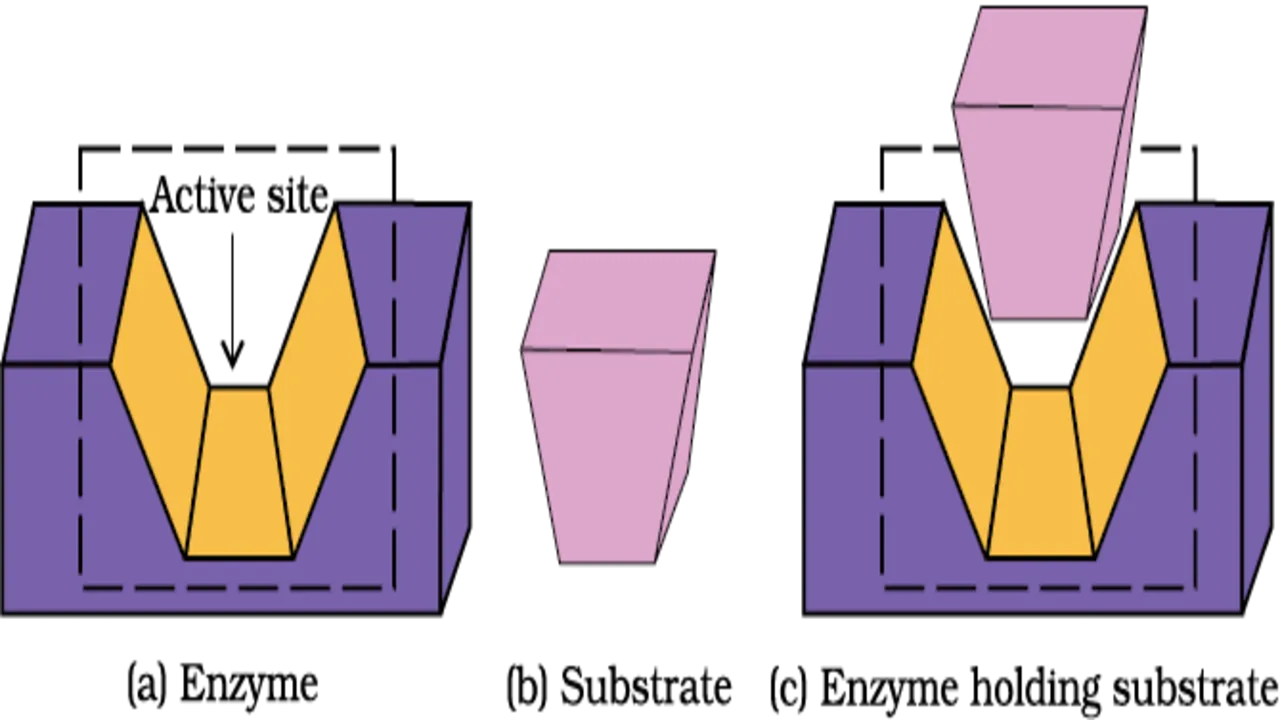Greetings to everyone! The principles of chemistry have been used for the benefit of mankind. Think of cleanliness - the materials like soaps, detergents, household bleaches, tooth paste etc. will come to your mind. Look towards the beautiful cloths - immediately chemicals of the synthetic fibres used for making clothes and chemicals giving colours to them will come to your mind. Chemistry has influenced our life so much that we do not even realize that we come across chemicals at every moment; that we ourselves are beautiful chemical creations and all our activities are controlled by chemicals. Therefore, we shall be discussing the applications of chemistry in three important areas, namely - medicines, food materials and cleansing agents. In this blog I shall be discussing about the role of chemistry in medicines- mainly the drugs.

Drugs are chemicals o low molecular weight (~100 - 500u). These interact with macromolecular targets and produce a biological response. When the biological response is therapeutic and useful, these chemicals are called medicines and are used in diagnosis, prevention and treatment of diseases. If taken in doses higher than those recommended, most of the drugs used as medicines are potential poisons. Use of chemicals for therapeutic effect is called chemotherapy.
Classification of Drug
Drugs can be classified mainly on criteria outlined as follows -
(a) On the basis of pharmacological effects
This classification is based on pharmacological effect of the drugs. It is useful for doctors because it provides them the whole range of drugs available for the treatment of a particular type of problem. For example, analgesics have pain killing effect, antiseptics kill or arrest the growth of microorganisms.
(b) On the basis of drug action
It is based on the action of drug on a particular biochemical process. For example, all antihistamines inhibit the action of the compound histamine, which causes inflammation in the body. There are various ways in which action of histamines can be blocked.
(c) On the basis of chemical structure
It is based on the chemical structure of the drug. Drugs classified in this way share common structural features and often have similar pharmacological activity. For example, sulphonamides have common structural feature.
(d) On the basis of molecular targtes
Drugs usually interact with biomolecules such as carbohydrates, lipids, proteins and nucleic acids. These are called target molecules or drug targets. Drugs progressing some common structural features may have the same mechanism of action on targets. The classification based on molecular target is the most useful classification of medicinal chemists.
Drug-Target Interaction
Macromolecules of biological origin perform various functions in the body. For example, proteins which perform the role of biological catalysts in the body are called enzymes, those which are crucial to communication system in the body are called receptors. We shall explain the drug-target interaction with the examples of enzyme and receptors.
Enzyme as drug targets
(a) Catalytic action of enzymes
For understanding the interaction between a drug and an enzyme, it is important to to know how do enzymes catalyse the reaction. In their catalytic activity, enzymes performs two major functions -
The first function of an enzyme is to hold the substrate for a chemical reaction. Active sites of enzymes hold the substrate molecule in a suitable position, so that it cane be attacked by the reagent effectively. Substrates bind to the active site of the enzyme through a variety of interaction such as van der Waals interaction, ionic bonding, hydrogen bonding or dipole dipole interaction.

The second function of an enzyme is to provide functional group that will attack the substrate and carry out chemical reaction.
(b) Drug enzyme interaction
Drugs inhibit any of the above mentioned activities of enzymes. These can block the binding site of the enzyme and prevent the binding of substrates, or can inhibit the catalytic activity of the enzyme. Such drugs are called enzyme inhibitors
Drugs inhibit the attachments of substrates on active sites of enzymes in two different ways -
Drugs compete with the natural substrate for their attachment on the active sites off enzymes. Such drugs are called competitive inhibitors.

Some drugs do not bind to the enzyme's active site. These bind to a different site of enzyme which is called the allosteric site. These binding of inhibitors at allosteric site changes the shape of the active site in such a way that substrates can not recognise it. If the bond formed between an enzyme and an inhibitor is a strong covalent bond and can not be broken easily, then the enzyme is blocked permanently. The body then degrades the enzyme-inhibitor complex and synthesizes the new enzyme.
Receptors as drug targtes
Receptor are protein that are crucial to body's communication process. Majority of these are embedded in the cell membrane. Receptors proteins are embedded in the cell membrane in such a way that their small part possessing active site projects out of the surface of the membrane and opens on the outside region of the cell membrane.
In the body message between two neurons and that between neurons to muscles is communicated through certain chemicals. These chemicals known as chemical messengers are received at the binding sites of receptor proteins. To accommodate a messenger, shape of the receptor site changes. This brings about the transfer of message into the cell. Thus, chemical messenger gives message to the cell without entering the cell.
There are a large number of different receptors in the body that interact with different chemical messengers. These receptors show selectivity for one chemical messenger over the other because their binding sites have different shape, structure and amino acid composition.
Drugs that bind to the receptor site and inhibit its natural function are called antagonists. These are useful when blocking of message is required. There are other types of drugs that mimics the natural messenger by switching on the receptor, these are called agonists. These are useful when there is lack of natural chemical messenger.
Scientists Analyze a Single Atom With X-Rays For The First Time |ChemFam #41|
Can We Slow Down Aging? |ChemFam #40|
Studying The Cluster Compounds: The LNCC |ChemFam #39|
Biochemistry of Calcium: Role of Calcium in Muscle Contraction |ChemFam #38|
Biosynthesis of Fatty Acids: De Novo Synthesis of Fatty Acids |ChemFam #37|
Hapticity and The Eighteen Electron Rule |ChemFam #36|
An Introduction To Organometallic Chemistry |ChemFam #35|
Applications of Zeolites: The 3D Molecular Sieves |ChemFam #34|
Properties of Zeolites: The 3D Molecular Sieves |ChemFam #33|
Zeolites: The 3D Molecular Sieves |ChemFam #32|
The Beauty of Eucalyptus Tree |ChemFam #31|
The Accidental Cure for Cancer: Cisplatin |ChemFam #29|
Acceptorless Dehydrogenation and Related Transformations |ChemFam #28|
PS The thumbnail image is being created by me using canva.com by using template image from neetprep

